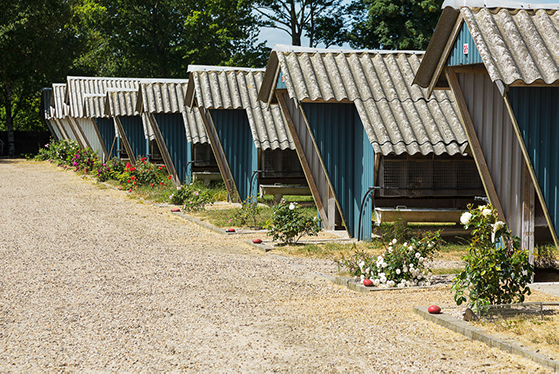Natural
Natural fur is a sustainable fashion material which can be absorbed back into nature's own cycle through biodegradation. A renewable resource with outstanding thermal qualities, natural fur also have much less impact on landfills and oceans than synthetic alternatives, which are made from plastics. Synthetic textiles such as polyester still make up the lion's share of the global textile market, and while the production of plastics is a major contributor to greenhouse gasses, the plastic pollution itself has become a major threat to the ecosystem.

natural fur is biodegradable
We had the the biodegradation qualities of fur tested in a professional lab
Fur in the circular economy

The circular economy is a business model aimed at ensuring sustainability.
A circular economy is an alternative to a traditional linear economy (make, use, dispose) in which we keep resources in use for as long as possible, extract the maximum value from them whilst in use, then recover and regenerate the products and materials.
The production of fur is completely circular. Here is why:
- Fur animals feed on waste products from the production of human food, specifically fish, pig and chicken offal.
- The whole animal is used. Carcasses and fat from the fur production are utilised for a range of different bio products, including green energy, fertiliser, cosmetic products and bio diesel.
- Fur garments have an extraordinarily long life-span and are often worn for several decades.
- The re-use of fur through second hand sales is widespread. Similarly, the repairing and re-modelling of fur garments ensures the use of fur for as long as possible.
- Fur is a renewable and biodegradable material. Unlike synthetic fashion materials fur will not clog landfills or break down to micro plastics, but rather enter back into nature's own cycle. Old fur apparel can even be composted for your garden.









